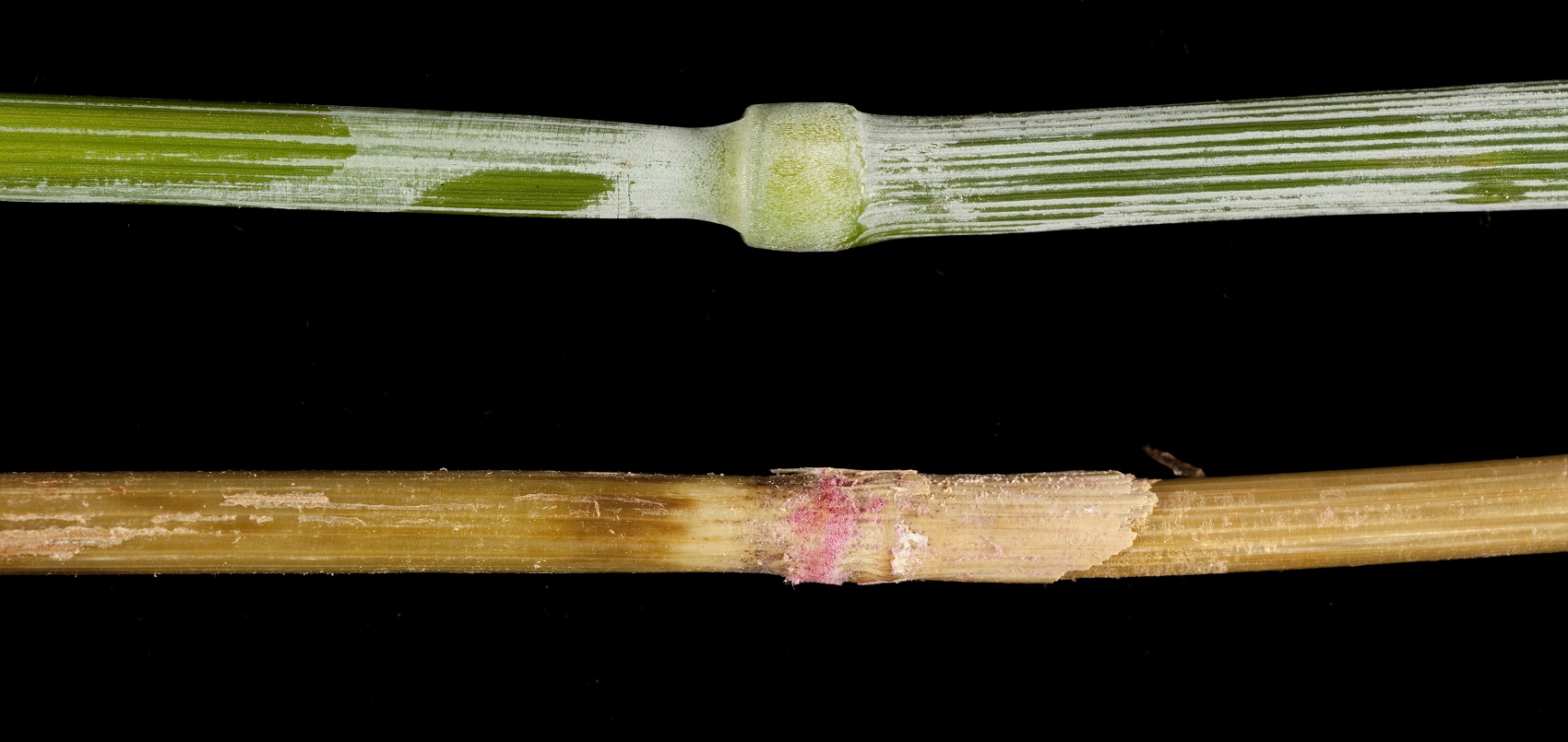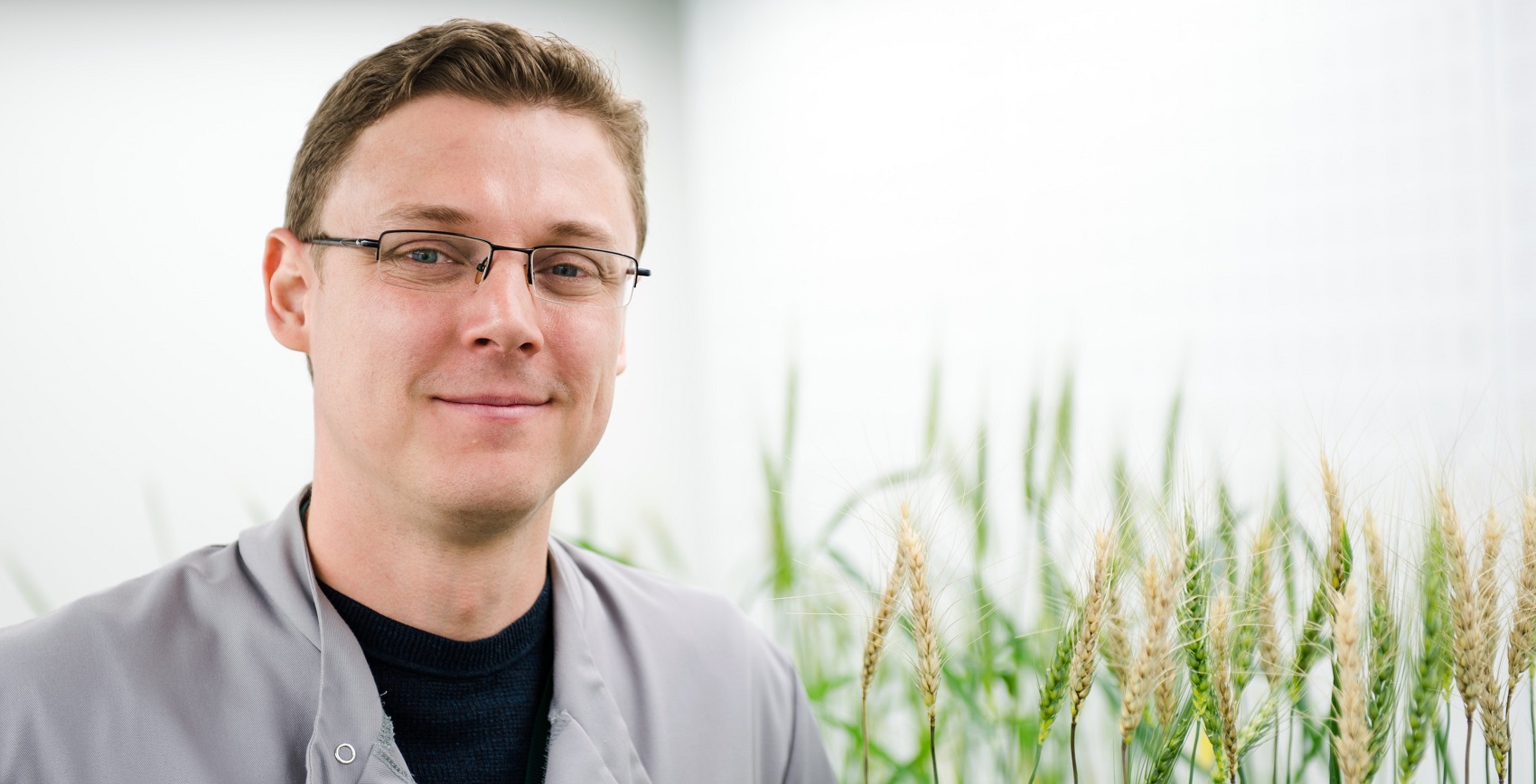The big picture: using wildflower strips for pest control
In my school leavers book, my friends were asked “What will Neil end up doing?” They answered “saving trees”, which I laughed at. But it appears that they knew more about me than I did, as now my days are devoted to understanding plant diseases and to developing new ways to protect crops.
But how and why did I end up here?
My passion for plant pathology started during my biology degree. On placement in Costa Rica I worked for Cadbury’s, studying destructive diseases of cacao. This amazing experience had a major influence on my life, as I saw the impact crop diseases had on the lives of poor farmers, which motivated me to become a fungal biologist.
I followed this interest to Rothamsted Research, where I did a PhD studying a fungal disease of cereals, called Fusarium Ear Blight. Fusarium is one of the most serious diseases to emerge on cereal crops since the early 1990s. It affects wheat, barley, rice and maize crops if wet weather prevails during flowering, and then colonises the developing floral tissue and grain. The outcomes of infection are all highly undesirable: lower grain yields, reduced grain quality and contamination of the grain with toxins which are harmful to humans and animals.

During my PhD, I had the good fortune of making the important discovery that Fusarium initially infected live wheat tissues without causing visible symptoms. This had a significant impact on our understanding for the disease. Suddenly I was thrown into interviews with Farmer’s Weekly, a spot on the BBC’s Farmer’s Today programme and presentations at agricultural events, such as CropWorld. This showed me the value of communicating the impact of my research to a wider audience.
After my PhD I wanted a new challenge and I had become interested in how we could use fungi, in a beneficial way, to improve the production of sustainable biofuels. So, I spent several years at the University of São Paulo in Brazil. I studied how fungi sense sugars, such as those in wood, in order to regulate the secretion of fungal enzymes used to breakdown plant biomass. I then manipulated these sensing mechanisms to improve fungal enzyme secretion, enhancing the production of biofuels from non-food plant waste, in this case sugarcane bagasse.
Moving to Brazil was a bold decision. Or as I see it now, a somewhat naïve decision, because I was unaware of the difficulties that my seven-month pregnant wife and I would face. I arrived in my exotic new home, to work in a new lab and on a new subject, where I was the only English speaker, except my boss. Now, this made all aspects of life pretty difficult, but these were challenges that could be overcome, and it was an amazing experience that I do not regret. After 3 and a bit years, we decided to come home.

But what do I do now?
I have returned to the Wheat Pathogenomics team at Rothamsted Research where I combined my experiences in a BBSRC Future Leaders Fellowship, studying how Fusarium senses the touch and taste of its environment in order to coordinate disease and the production of harmful fungal toxins that can contaminant our food.
Currently, I am using molecular biology to create a collection of Fusarium strains lacking individual receptors. These receptors are exposed on the surface of the fungal cell where they may bind to substances within the plant, similar to the taste receptors on our tongue. This approach will allow me to assess their impact on disease and toxin production. Also, I am creating fluorescent fungal receptors to monitor their location and activation during infection, which will facilitate the identification of the signals they detect within the wheat plant.
I hope that the knowledge and tools generated during my fellowship will lay the foundations for further investigations into this exciting area of research. The end goal is to reveal how fungi sense their environment within the host plant to coordinate disease. This may also have an applied outcome, as these receptors represent new, fungal specific, and potentially druggable targets to fight fungal disease and toxin contamination, improving safe food production.

So, were my school friends right?
Yes, I believe they were. My days are now driven by the desire to improve our understanding of plant diseases and how we can apply this knowledge to combat their impact on agriculture, human health and the conservation of nature, including the trees.